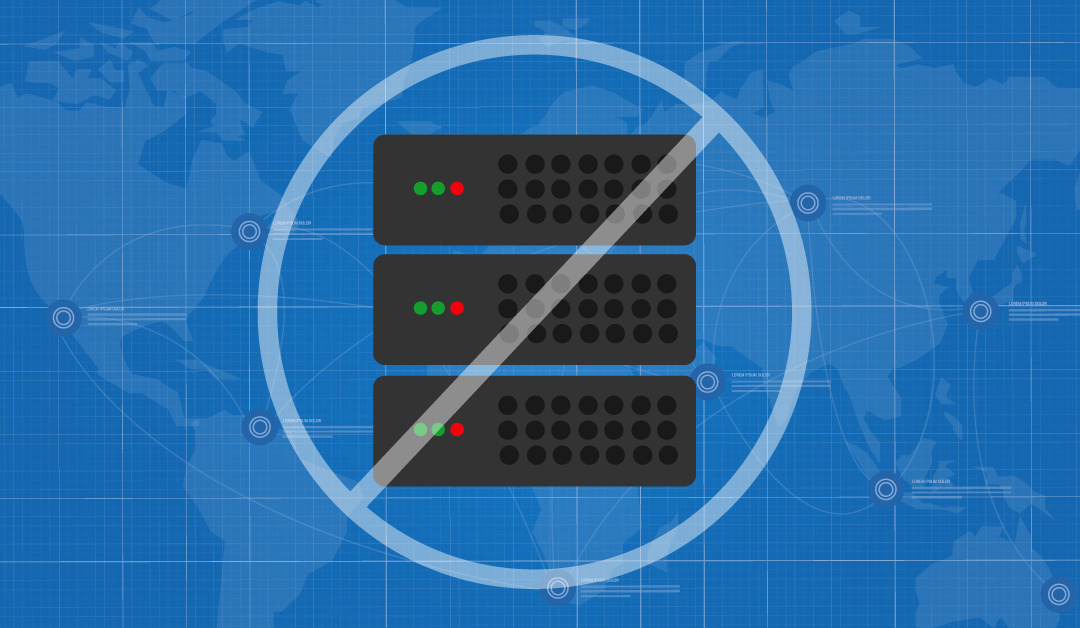Below is based on our Subscriptions: Scaled Podcast, Episode 46: On Shifting to Serverless with Rebar Technology’s Full Stack Developer Josh Murray and Senior Solutions Engineer Scott Huff.
When considering the best and most affordable way to power subscription services, consider “serverless technology.” No, that doesn’t mean there isn’t a server involved. But it does mean you can eliminate the high costs and maintenance associated with running your own. With serverless technology (often referred to as “function-as-a-service” or FaaS) a company accesses an outside, cloud-computing service that spins up when they need to build or use applications, and automatically spins down once the workload is completed.
The servers behind these functions are owned and maintained by a third party. They are obfuscated from the client. While there are many parts to “serverless infrastructure,” the basic service consists of the cloud-based functions that execute when requested from an API Gateway, EST (Enterprise Service Bus) or another function. AWS calls them Lambdas, Microsoft labels them Azure Functions, and Google simply calls them Cloud Functions.
With serverless technology, an application is distributed into many smaller segments (aka “microservices”) but each with much smaller workloads.
The Cost Benefits of Serverless Technology
Almost anything that can be done on a conventional server can also be done serverless, but serverless has compelling cost advantages. The most obvious, is that you only pay for what you use. Compare this to traditional servers, physical or virtual, running 24 hours a day, and that have to be paid for continuously whether they are used or not. This can amount to a lot of wasted runtime, and therefore money.
This benefit is especially important for entrepreneurs and start-ups with limited funds. With serverless, a company can set up a little-used website and run it for pennies per month. The website can even be run for free in some cases, such as when service provides like AWS or Azure offer free tiers.
Plus, going serverless means eliminating or greatly reducing IT maintenance costs, repair costs, utility costs, IT labor costs, and so on.
More Benefits of Serverless Technology
While the cost-in-use and speed to market benefits are exciting, there are many additional advantages. With serverless, the hosting provider runs and maintains the underlying servers, freeing a company from the cost and hassle of doing it themselves. These hosting providers also tend to have considerable, critical securities in place. These functions easily scale, so as your product or service grows and more volume comes in, ramping up to match demand is seamless.
With serverless technology, development teams are able to set up multiple environments easily. With traditional server approaches, provisioning environments is much more involved. This flexibility increases the likelihood that production systems will function the same way that lower environments will.
For small-scale use, serverless technology is particularly valuable. POCs and features can be developed, deployed and real-world tested in a fraction of the time required for traditional infrastructure.
Why Not Serverless?
For smaller businesses, going serverless makes a compelling case. Often, the main reason companies and dev teams stick with using a traditional infrastructure is because “that’s the way we’ve always done it.” It can be a challenge to convince people to move to a new way of working when they’re used to a specific method, even if it is less efficient.
Fortunately with serverless technology, a company doesn’t need to make an ‘all or nothing’ leap. Since they only pay for what they use, with little waste, the company can make the jump one step at a time, with certain parts of an existing application or system refactored using serverless approaches. Then, as the team gets used to serverless and feels more comfortable with it, they can gradually move more applications over. Any time something new is added or changed to the system, it can be added with serverless technology. Over time all of the main functions will have been shifted.
How Rebar Helps You Make the Move
There’s a learning curve that comes with serverless. Having experience is important to avoid common pitfalls. A company needs someone to determine whether it’s cost effective too, and when to make the transition. In other words, anyone switching to serverless needs an expert like the Rebar Technology team. At Rebar, we’ve helped numerous companies make the switch to serverless. Contact us today.

